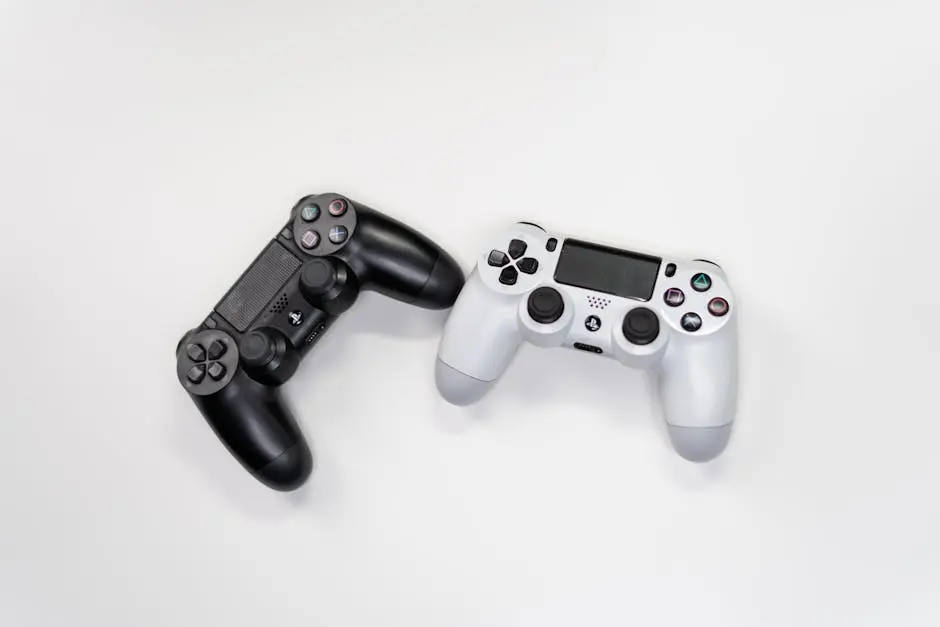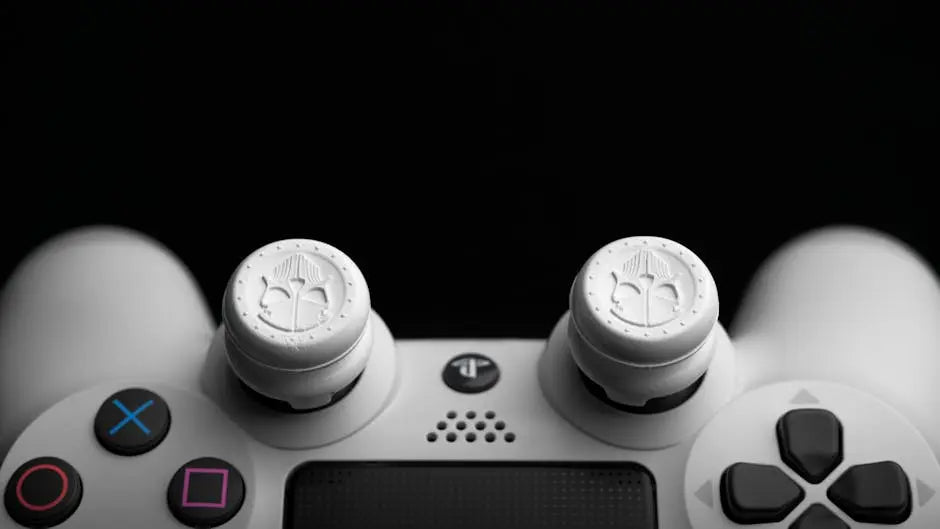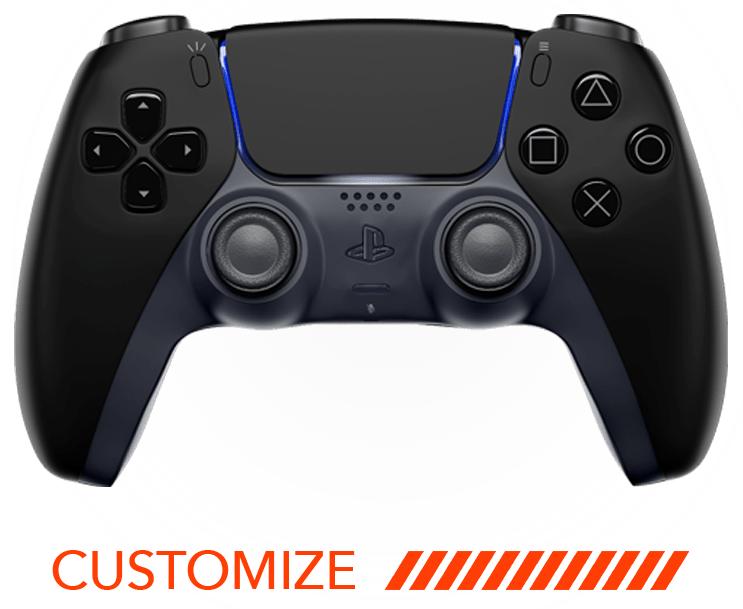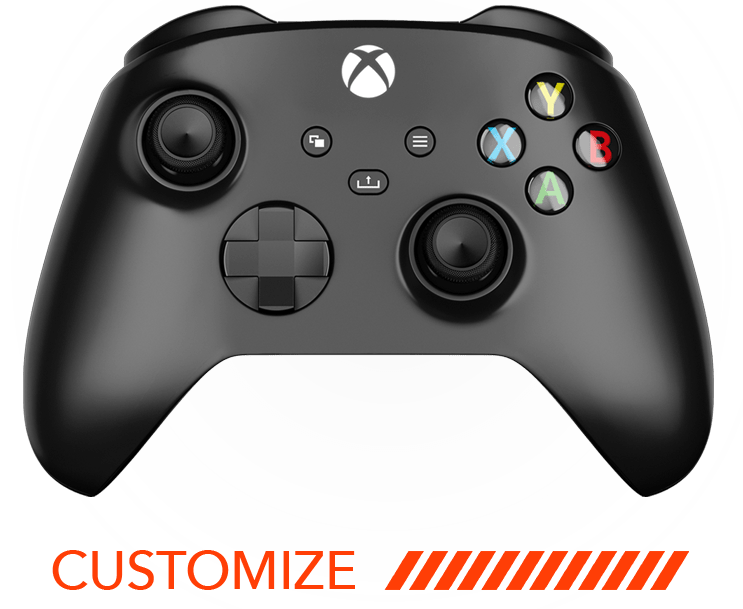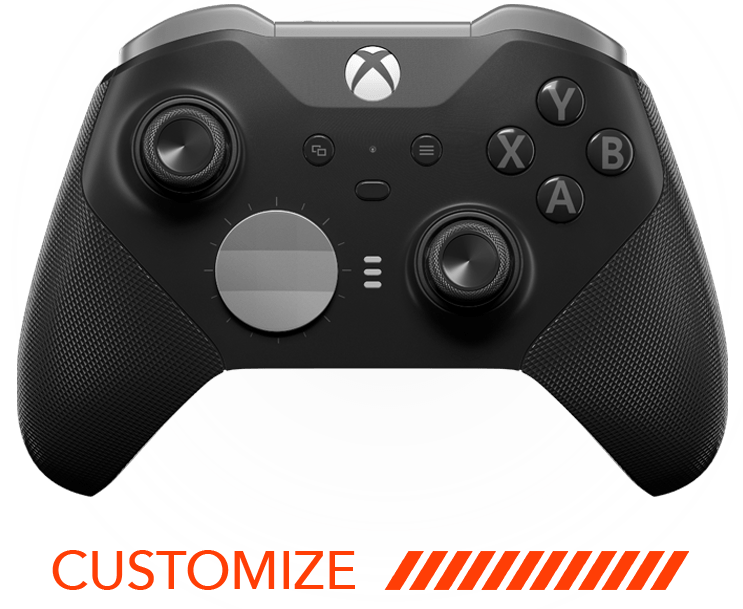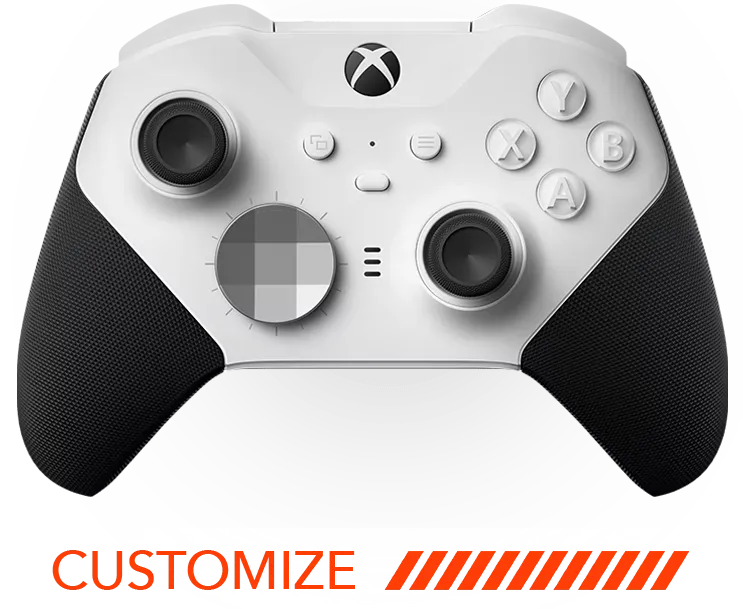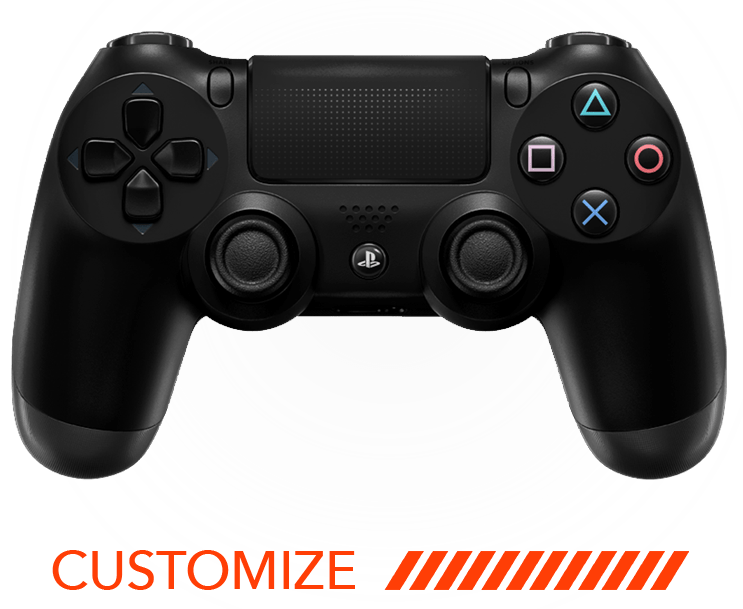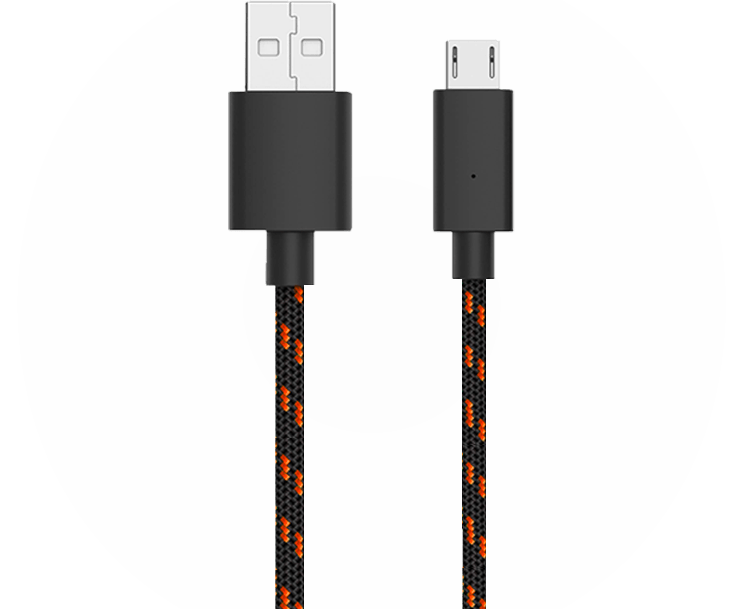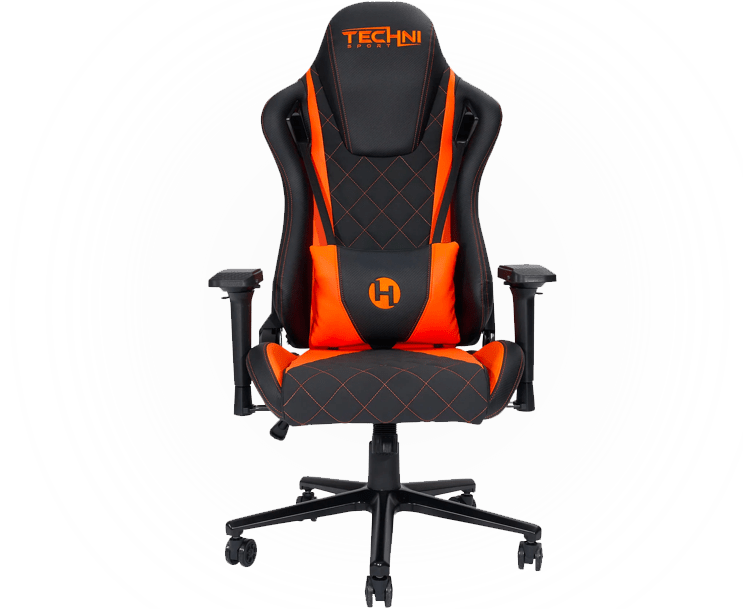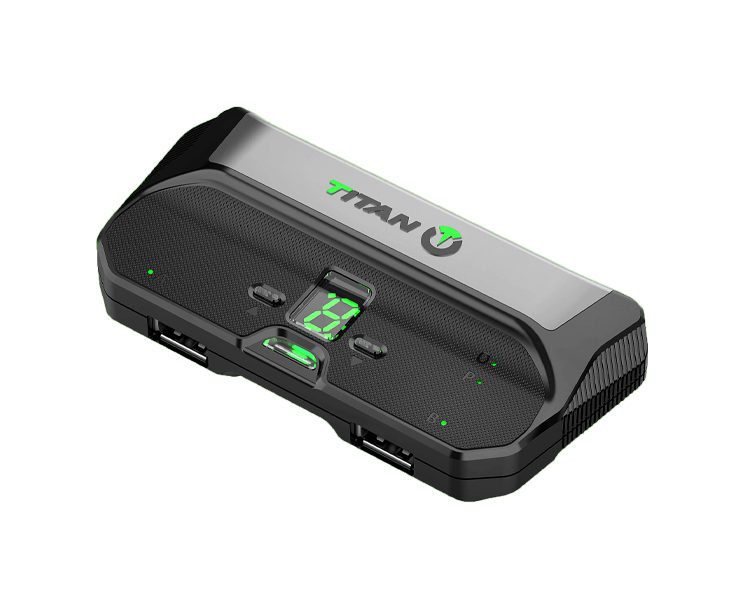In today’s gaming world, controller performance is everything. A smooth experience can be the difference between victory and defeat. Anti-vibration technology has become a game-changer, enhancing precision and comfort. In this blog, we’ll delve into the standout anti-vibration features that are revolutionizing how controllers are designed and used.
1. Innovative Shock Absorbers for Smooth Gaming
Modern controllers are equipped with advanced shock absorbers that absorb unwanted tremors, allowing gamers to maintain precision and focus during intense gaming sessions. These shock absorbers work by dispersing the energy usually transferred into the hands, providing a more comfortable and stable playtime. Whether you’re navigating a complex course or engaged in a face-paced battle, these absorbers ensure that the only thing you’re fighting against is your opponent, not the controller’s rattling feedback.
Consider how shock absorption technology has grown from simple rubber pads to complex gel-based systems that can calibrate their resistance based on the game’s demands. The materials used, including intricate polymers, effectively neutralize disruptive forces, bringing the game to your fingertips smoother than ever. As a result, gamers report enhanced comfort and reduced fatigue, leading to extended gaming sessions with less risk of physical strain.
2. Precision Weight Balancing for Enhanced Control
Weight distribution plays a critical role in minimizing vibrations, and today’s controllers are carefully balanced to provide a seamless grip and improved control. The art of weight balancing involves placing internal components strategically to counteract any motion that may disturb the player’s hand movements. This careful consideration helps in maintaining consistency in gameplay, especially in long sessions where a misjudged movement can cost the game.
Incorporating weighted materials in specific controller sections helps achieve the optimal balance. This strategic balance doesn’t just contribute to vibration reduction; it enhances the controller’s agility, allowing players to exert minimal effort for maximum output, a vital feature for eSports professionals who need microsecond precision.
3. Ergonomic Grips that Minimize Disruption
Ergonomically designed grips ensure that vibrations are dissipated quickly, reducing the impact of repetitive motion on players’ hands and wrists. These grips contour to the natural shape of the hand, providing a snug fit that minimizes the strain associated with prolonged gaming sessions. The increased comfort level can significantly affect one’s ability to maintain focus and endurance during competitive play.
Developers are now focusing on material choices that enhance grip quality while providing ample cushioning against sudden vibrations. This results in a grip that feels both secure and adaptive to various gaming scenarios, whether you’re engaged in a rapid fire battle or a slow-paced strategy game. It’s an innovation driven by the need for comfort without sacrificing control.
4. Adaptive Vibration Modes for Tailored Experiences
With adaptive vibration settings, players can customize the intensity and pattern of feedback, offering a personalized gaming experience that fits different genres and user preferences. These modes can range from gentle taps for immersive storytelling to strong pulses for high-action sequences, giving players an array of feedback options to enhance their gameplay.
Adaptive technology in controllers enables gamers to play according to their comfort level, which is vital for reducing fatigue and enhancing precision. For those preferring a hands-off approach, automated settings switch based on game dynamics, ensuring an optimal gaming situation at all times. This feature underscores the importance of player choice and comfort as central to gaming innovation.
5. Resilient Materials to Absorb Impact
Controllers today use materials that are specifically chosen for their ability to absorb harsh impacts, thus preventing unnecessary vibration transfer to the hands. Materials like carbon fiber and high-density silicone absorb impact while maintaining flexibility and durability. This ensures that even during the most intense gaming moments, the tremors are kept at bay, allowing for a seamless connection between player and screen.
The choice of resilient materials doesn’t just contribute to better gameplay; it enhances the lifespan of controllers by mitigating the wear and tear that comes with consistent use. Gamers find that these advancements make their gaming peripherals more reliable over time, reducing the need for frequent replacements and repairs.
6. Noise Dampening Technology for Quiet Control
Noise-dampening features ensure that the internal mechanics of a controller operate silently, enhancing focus while further reducing the sensation of vibration. The tranquility offered by silent operation allows gamers to fully immerse themselves in the on-screen action without the distractions of constant mechanical noise.
Advanced foam linings and separated compartments play a crucial role in soundproofing the mechanical components. By minimizing the clatter of moving parts, these technologies maintain a calm and distraction-free gaming environment, letting players focus on the game narratives and strategic elements.
7. Advanced Haptic Feedback Systems
Haptic feedback systems have advanced to a point where they simulate a real-world sensory environment without causing unwanted vibrations, immersing players further into the game. These systems deliver sensations far more nuanced than their predecessors, whether it’s mimicking the sensation of textured surfaces or providing subtle directional cues.
The innovation in haptic feedback allows for precision-driven experiences that are both engaging and comfortable. It’s a vital aspect of game development that defines the interactivity and realism in gaming, bridging the gap between virtual and actual tactile experiences.
8. Dynamic Tension Control for Ultimate Responsiveness
Dynamic tension controls allow for instantaneous adjustments in controller tension settings, reducing vibration through seamless, responsive handling. These adjustments cater to a variety of gameplay styles, from quick reflex shooters to methodical strategy games, ensuring that players have the right level of resistance for every situation.
This feature ensures that the tension shifts adaptively with game intensity, offering a customized and smooth transition between different gameplay states. Players benefit from a stable response, contributing to an overall smooth and immersive experience.
9. High-Precision Joysticks with Vibration Reduction
High-precision joysticks are designed to maintain stability even under heavy usage, providing players with a vibration-free playing experience crucial for winning gameplay. These joysticks incorporate mechanical precision with vibration dampening technology to ensure each movement is accurately reflected on screen.
Players often laud these joysticks for their ability to offer fluid motion and effortless control, attributes that are key for serious gamers. The reduction in ‘jitter’ means that players can react faster and more accurately, an undeniable advantage in competitive settings.
10. Integrated Motion Sensors for Steady Play
Motion sensors in controllers help counteract any extraneous force, ensuring a stable gaming experience regardless of the intensity of play. These sensors detect unintentional shakes and adjust the controller’s output to neutralize them, ensuring that gameplay remains smooth and controlled.
The sophistication of modern motion sensors in gaming technology can distinguish between intentional and unintentional movements, providing unparalleled stability for the player. These sensors celebrate precision in gaming—where even the smallest motion can have a massive impact on game strategy and outcomes.


